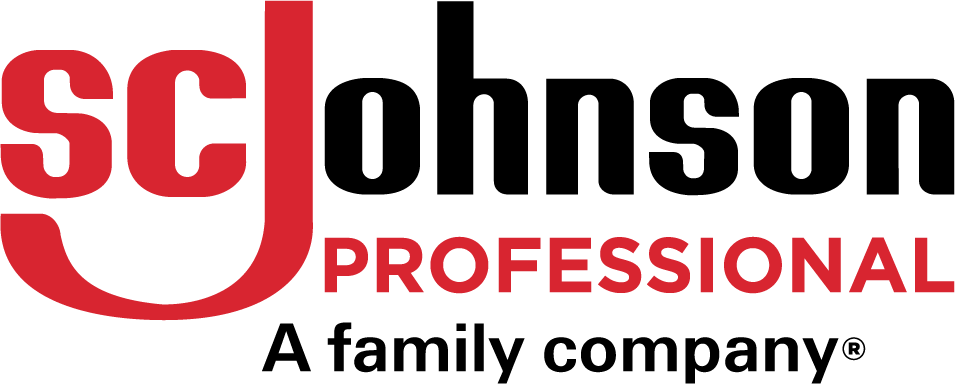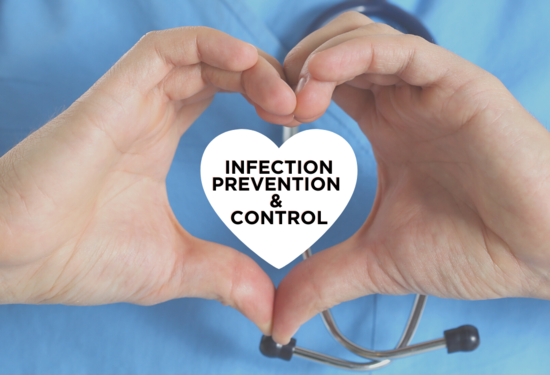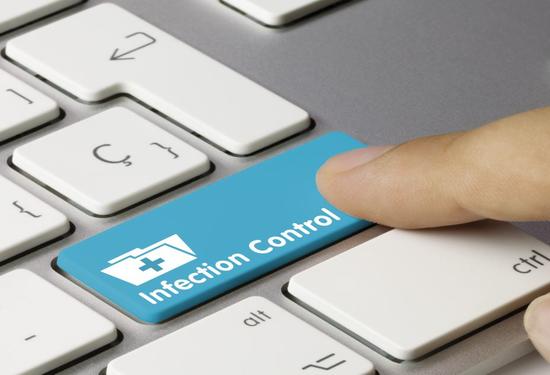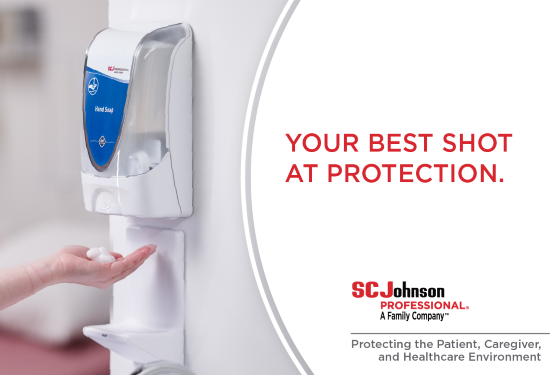Four Benefits of Platform Safety Technology
By SC Johnson Professional Healthcare
Safe care should always be a top priority in healthcare settings. Not only does it protect patients and residents from contracting hospital acquired infections (HAIs), it also protects healthcare employees. Employees can be exposed to various types of infectious agents such as bacteria, fungi, viruses and parasites. Healthcare personnel are at high risk of infection exposure as frontline workers. For example, more than 510,000 healthcare personnel have been infected with COVID-19 as of June 16, 2021, according to the Centers for Disease Control and Prevention’s (CDC) daily tracker, and new cases are added daily.[1]
The onset of COVID-19 generated awareness around the preparedness levels of healthcare facilities, which confirmed improvements were necessary. Many healthcare facilities made immediate, but short-term changes. However, as we continue making strides toward a post-COVID-19 world, healthcare facilities such as hospitals and acute care facilities will need to make permanent, long-term changes.
Reevaluating the Infrastructure
Keeping healthcare personnel and patients safe has always been a point of concern and COVID-19 escalated this issue. To support a positive culture of safety, more hospitals will need to reevaluate their safety infrastructure. Some healthcare settings are still using the lengthy process of “self-monitoring.” It requires individual healthcare personnel to track and report potential lapses in personal hygiene that could pose a risk to patients.
Reporting is not always possible or accurate because of the fast-paced nature of healthcare. To avoid lapses in patient and employee safety, healthcare facilities can use Real-Time Location Systems (RTLS) to provide immediate or real-time tracking and management of medical equipment, staff and patients for contact tracing and electronic hand hygiene monitoring systems. By investing in platform safety technology like SwipeSense, healthcare facilities can significantly improve infection prevention protocols throughout the pandemic and beyond. Four benefits of implementing the SwipeSense platform include:
- Increased Contact Tracing Efficiency: Some hospitals are still using outdated forms of reporting to determine exposure, specifically for contact tracing. This process is lengthy and leaves both patients and employees at risk. A new Emergency Temporary Standard by the Occupational Safety and Health Administration requires employers to notify employees who had close contact with a COVID-19 positive employee, patient, visitor, or other non-employee within 24 hours. However, safety technology automatically captures employee-to-employee and employee-to-patient contact, which allows infection control teams to quickly generate a list of at-risk staff members, patients and equipment.
- Contributes to Patient and Employee Safety: A core element of keeping patients and employees safe is by developing and promoting a culture that focuses on the wellbeing of patients and employees.[2] A culture focused on patient safety, can help promote a better Hospital Consumer Assessment of Healthcare Providers and Systems (HCAHPS) Score. For example, SwipeSense safety technology Hand Hygiene Monitoring and Nursing Insights products can be used by hospitals to improve hand hygiene compliance and help deliver a safe and quality patient experience.
Electronic Hand Hygiene Monitoring accurately measures hand hygiene performance to support hospitals in meeting quality and safety standards set by organizations such as The Leapfrog Group or the Joint Commission. The data is used by hospitals to drive behavior change around hand hygiene and reduce the risk of spreading infections. Similarly, Nursing Insights allows nursing leaders to measure performance of time-based activities, such as Purposeful Hourly Rounding. It allows employees to sustain best practices, which are shown to help prevent patient falls and improve HCAHPS scores.
- Promotes Positive Behavior Change: With electronic hand hygiene monitoring, healthcare facilities can measure hand hygiene compliance to promote positive behavior change. The system automatically captures data and measures compliance at the facility, department, unit, and patient room levels. Infection prevention teams can use the data to inform and measure the success of interventions with real-time compliance scores.
- Increased Patient Confidence: As a result of the pandemic, many patients are apprehensive to return for essential or emergency care, in fear of contracting COVID-19, or other HAIs. Safety technology demonstrates an organization’s data-driven approach to safety, helping patients feel more comfortable. According to a January 2021 SwipeSense survey, 83% of consumers said they’d feel safer with technology such as contact tracing in place. Investing in this technology showcases a healthcare facility’s commitment to patient and employee health and reassures patients that hospitals are prepared for future outbreaks, like COVID-19.
Platform safety technology will continue to play an essential role in not only helping to prevent the spread of outbreaks such as COVID-19, but also in promoting positive behavior changes, increasing efficiencies, and instilling patient confidence when choosing their healthcare. COVID-19 tested healthcare systems’ preparedness and safety technology can help hospitals and other healthcare facilities better prepare for future infectious disease outbreaks.
For more information on SwipeSense, visit www.swipesense.com.



